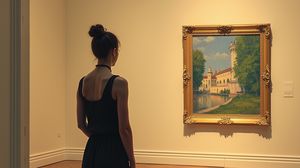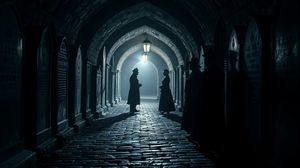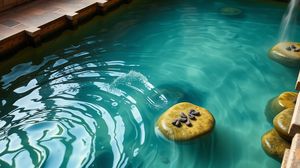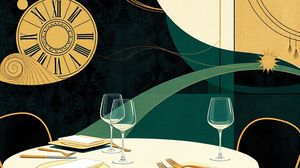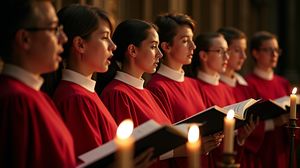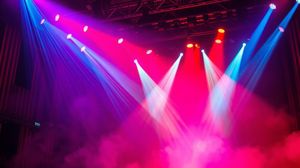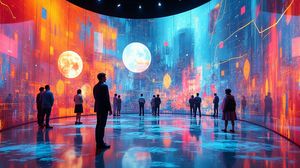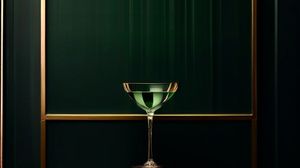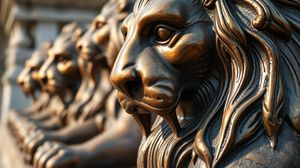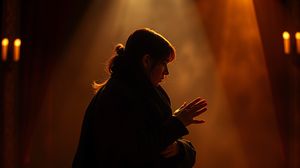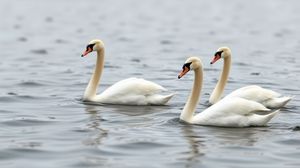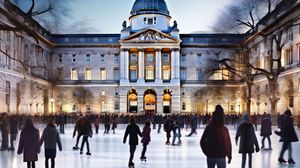
Somerset House, located on the Strand in London, is a striking neoclassical building with a rich and varied history. Originally designed by Sir William Chambers and completed in 1801, Somerset House has evolved from a Tudor palace into a major cultural center. It stands majestically by the River Thames, offering visitors both a glimpse into the past and a vibrant contemporary cultural experience.
One of the most fascinating aspects of Somerset House is its role as a hub for arts and creativity. The Edmond J. Safra Fountain Court, nestled within the building, transforms seasonally: a bustling ice rink in winter and a fountain-filled courtyard in summer, creating an ever-changing backdrop for performances, film screenings, and events.
In the 1800s, Somerset House served as the General Register Office, where the birth, marriage, and death records of the British population were kept. This fascinating history makes the building part of the story of Britain's official record-keeping and governance, with its legacy still felt today.
An unusual feature of Somerset House is the King's College London Enclaves, which include a series of hidden passageways and rooms, many of which date back to the original Tudor palace. These quietly tucked-away spots offer a glimpse into the building's storied past and architecture.
Somerset House is also home to some of the UK's most significant arts organizations, such as the Courtauld Gallery, which boasts an impressive collection of impressionist and post-impressionist masterpieces. This artistic presence cements Somerset House's reputation as an integral part of London's cultural landscape.
The terrace at Somerset House offers one of London's best riverside views, a feature that delights architects and photographers alike. This setting has been used in numerous films and television shows, providing a cinematic backdrop that adds another layer to its appeal.
An unusual historical tidbit: during World War II, the Somerset House terrace was repurposed as a barrage balloon anchorage—a defensive measure against enemy aircraft. This function highlights the versatility and central importance of this iconic building throughout history.

Making the Most of Your Visit:
Arrive early for a quiet moment in the Edmond J. Safra Fountain Court. Whether it's summer splashing or winter skating, starting your day here lets you soak in the atmosphere without the crowd.
Explore the hidden history. Look for the King's College London Enclaves. These tucked-away spots offer a glimpse into the building's Tudor past that even many locals don't know about.
Don't miss the chance to visit the Courtauld Gallery. Its impressive impressionist and post-impressionist art collection often goes under the radar but is an absolute treasure trove for art lovers.
Head to the River Terrace for one of the finest views of the Thames. This spot is perfect for photography or just relaxing while taking in the iconic cityscape that has featured in numerous films and shows.
If you're interested in history, keep an eye out for any special exhibitions or events that delve into Somerset House's past roles. The site often hosts unique events that explore its rich historical tapestry.

Visiting Times & Costs:
Somerset House is open to the public all year round, although specific attractions or events may have their own opening times. Generally, the public areas of Somerset House, including the Edmond J. Safra Fountain Court, can be accessed from 8:00 AM to 11:00 PM daily.
Entrance to the building itself and the Edmond J. Safra Fountain Court is free. However, entry to specific exhibitions and the Courtauld Gallery within Somerset House requires a ticket, with prices varying depending on the exhibition.
Accessibility at Somerset House has been carefully considered, and there are suitable arrangements for wheelchair users and those with mobility impairments. This includes ramps, lifts, and accessible toilets.
For visitors with specific requirements, it is recommended to check for any scheduled maintenance or temporary closures, and to review any accessibility considerations related to specific events or exhibitions.

Address & Map:

Nearby:
